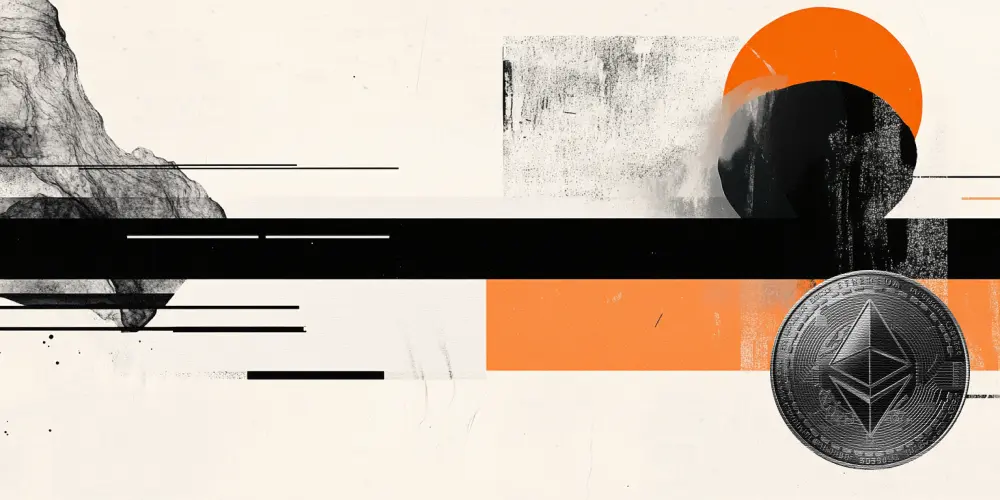How kine solves two traditional drawbacks of Peer-to-pool trading

The peer-to-peer aspect of the cryptocurrency and blockchain industry is one of its crucial pillars. The advent of DeFi has given rise to peer-to-pool trading, which proves beneficial for decentralized lending and borrowing, among other things. The traditional decentralized lending and borrowing approach has some serious flaws that need to be addressed, and peer-to-pool trading could be the answer.
Peer-to-pool trading makes sense
For decentralized finance projects, it is essential to remove all intermediaries from the equation. However, there still needs to be sufficient and viable infrastructure to serve the greater good. I am a big fan of peer-to-pool trading, where peers can interact with a liquidity pool for various purposes. The most common use case is borrowing and lending, as borrowers pool together their resources to make it as accessible as possible.
Moreover, DeFi removes the intermediaries and replaces them with smart contracts. Not dealing with in-between individuals makes for a more straightforward process and removes any delays from the equation. It is a sound system and one that brings financial products and services to those who need it the most.
Unfortunately, I can't ignore the flaws this current model presents. Users must own specific crypto assets if they want to partake in peer-to-pool trading and lending, which isn't ideal. Cryptocurrencies do not have that level of mainstream appeal today, nor will they ever if our industry remains such a closed-loop. We need to find ways to engage users who want decentralized finance benefits without the specific cryptocurrency requirement. There are trillions of dollars in real-world assets DeFi can leverage to its advantage if only the necessary infrastructure existed.
A second issue that grates my nerves is the lack of support for third-party liquidation. That may seem strange, as most people see lending and borrowing as a way to help those in need rather than something to benefit from financially. However, when a borrower cannot repay a loan, one must take out their position efficiently. Allowing third parties to do so incentives users to monitor the lending space and ensure it remains healthy at all times. Guaranteeing efficiency is crucial and not always something smart contracts can achieve.
Cross-chain Asset support and beyond
One way to change the closed-loop nature of DeFi lending is by exploring the cross-chain option. It is not just a matter of bringing a DeFi solution to different blockchains but also supporting native assets and community members. They can provide more liquidity and visibility and pave the way for broader decentralized lending and borrowing adoption. In addition, it removes the need for users to own particular assets and brings more viability to assets people may hold, yet which are often overlooked by DeFi protocols today.
Although several projects have already explored the cross-chain option, these efforts seem a bit limited. I understand developers want to focus on the "bigger" blockchains for now, but that still leaves far too many people in the cold. Instead, the focus needs to shift to encompassing more tradable assets and moving away from individual liquidity pools. Peer-to-pool is all about extending asset support, even beyond the crypto space.
One protocol catching my attention is Kine, a decentralized protocol focusing on liquidity pools backed by a customizable portfolio of digital assets. More importantly, it has support for non-crypto assets through supporting any Index-based asset. Allowing users to leverage non-crypto assets is, in my humble opinion, one of the developments that can take decentralized solutions like Kine into the mainstream. Furthermore, the project can adapt to any chain in DeFi to provide an optimal user experience.
Another benefit Kine provides is the support for third-party liquidation. Opting for this method creates incentives for all ecosystem participants to put their best foot forward and point users who are unable — or unwilling — to pay back their loans on time. Normally, only project developers can liquidate positions, but Kine will ultimately allows any user to do so. For now, third-party liquidation is accessible to whitelisted addresses. However, any user can see the liquidation history, providing an extra layer of transparency. A crucial development showcasing the versatility of decentralized finance without sacrificing community engagement.
Closing thoughts
There is a bright future ahead for DeFi if more developers would let go of the "easy route" and focus on what the industry needs. I am not talking about what DeFi needs, but the transformation finance needs to undergo to provide equal access to services and products through decentralization. There is a vast ocean of liquidity, users, and potential out there, yet very few are forward-thinking enough to acknowledge that untapped segment and how it can benefit millions, if not billions of people.
Cross-chain asset support is a crucial first step, but it doesn't end there. I am most excited about unlocking the full potential of non-crypto assets in a decentralized finance setting. Developers with the guts to try and tap into this segment will gain an unprecedented competitive edge and will lead the charge on bringing decentralized finance into the mainstream over the coming years.
Author

Alex Zha
MXC Global Ltd.
Alex Zha serves as Director of Global Operations for MXC exchange, one of the largest one-stop cryptocurrency service providers in Asia. Prior to MXC, he has gathered experience at OKEx as senior Global Marketing Manager.





